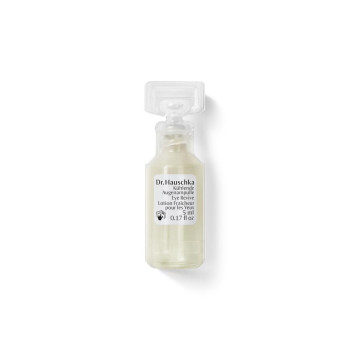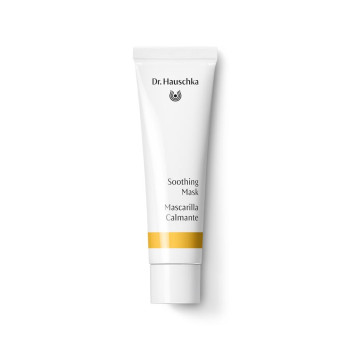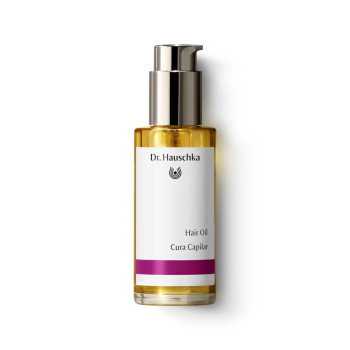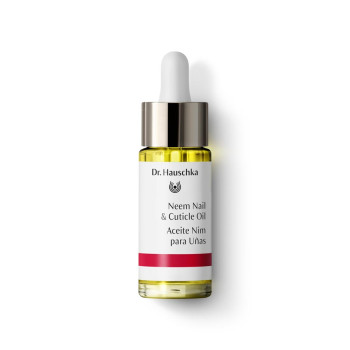
German Chamomile
Synonyms: Scented Mayweed, Wild Chamomile
Scientific Name: Chamomilla recutita L.
Family: Compositae/Asteraceae (Daisy Family)
Habitat
Europe
Constituents
Essential oils, e.g. matricine, chamazulene and alpha-bisabolol, as well as flavonoids and coumarins.
Description
For some, chamomile probably brings back unpleasant memories of nasty tasting teas made by well-meaning mothers who only wanted the best for their children. Others may be reminded of colorful roadsides in the summer where chamomile provides fragrant yellow-and-white splashes of color from May to June. The annual or biennial plants, which can grow to a height of 20/50 cm, have finely divided leaves which peek out from beneath the closely packed flower heads like tips of a feather. Like all members of the daisy family the chamomile has a flower head composed of numerous individual florets: yellow ones with very short petals and individual florets with an additional long white petal. These form the characteristic white fringe around the flowerhead. German chamomile has many relatives which are difficult to distinguish from each other at first sight. A reliable distinguishing characteristic of German Chamomile is the hollow receptacle: if you carefully cut through a flowerhead you will find that it is hollow on the inside. If you want to pick flowers to make chamomile tea, be sure to pay attention to this reliable feature as the very similar dog chamomile can produce unpleasant allergic reactions.
Interesting Facts
The name chamomile comes from the generic name chamomilla which is in turn composed of the Greek chamai = on the earth and melon = apple. An apple growing on the ground, so to speak. The flowers do actually smell a little of apple if you rub them between your fingers. Another scientific name for German chamomile is Matricaria which is derived from the Latin matrix = womb and reflects the strong connection which this medicinal herb has always had to women's ailments.
Chamomile's history goes back a long way. Many references to it can be found amongst the Germanic people, Egyptians, Greeks and Romans. The Egyptians and the Norse people dedicated it to their sun gods.
The plant from another perspective
Chamomile is the kind mother amongst the plants. Not only is its relaxing side helpful for many female ailments, it also has a warm and comforting nature. It shines in the sun but with a light that is soft and kind rather than gaudy or dazzling. One could see the hollow flowerhead as a symbol of the womb. The blue colour of the essential oil chamazulene is also the expression of something soothing.
The plant in our products
In Dr. Hauschka Skin Care chamomile is used for its skin-soothing properties, e.g. in:







